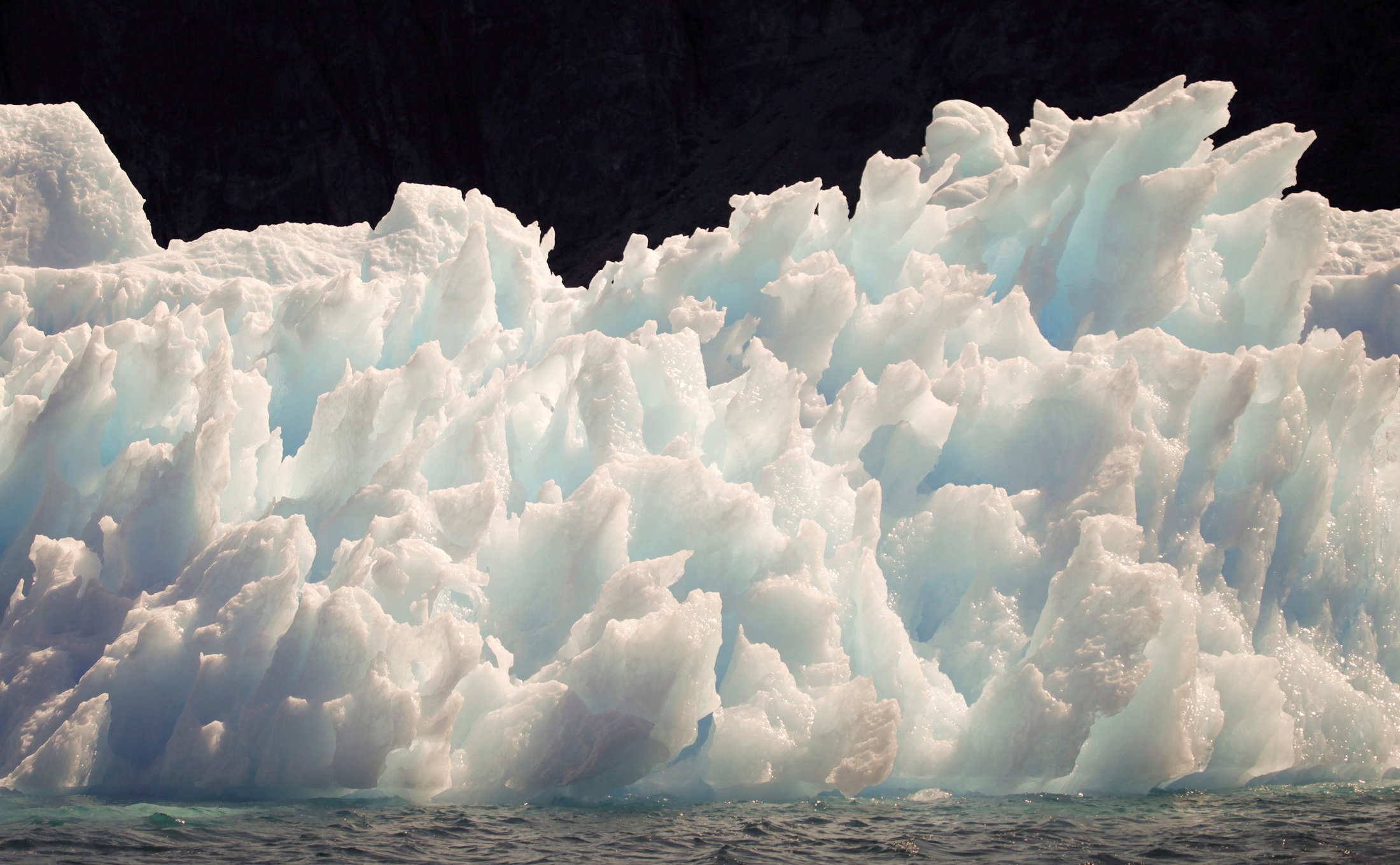Arctic thaw quickening threatens trillion-dollar costs, says report

OSLO — The Arctic‘s quickening thaw is melting the permafrost under buildings and roads from Siberia to Alaska, raising world sea levels and disrupting temperature patterns further south, an international study said on Tuesday.
The frigid region’s shift to warmer and wetter conditions, resulting in melting ice around the region, may cost the world economy trillions of dollars this century, it estimated.
The report by 90 scientists, including United States experts, urged governments with interests in the Arctic to cut greenhouse gas emissions. U.S. President Donald Trump doubts that human activities, led by use of fossil fuels, are the main driver of climate change.
“The Arctic is warming faster than any other region on Earth, and rapidly becoming a warmer, wetter and more variable environment,” according to the study, which updates scientific findings from 2011.
“Increasing greenhouse gas emissions from human activities are the primary underlying cause,” they wrote in the study commissioned by the Arctic Council grouping the United States, Russia, Canada, Sweden, Denmark, Norway, Finland and Iceland.
Arctic warming could have cumulative net costs from 2010-2100 of between $7 trillion and $90 trillion, it said, with harm exceeding benefits such as easier access for oil and gas exploration and shipping, it said.
The period 2011-2015 was the warmest since records began in 1900. Sea ice on the Arctic Ocean, which shrank to a record low in 2012, could disappear in summers by the 2030s, earlier than many earlier projections, it said.
Accelerating melt
“The Arctic is continuing to melt, and it’s going faster than expected in 2011,” Lars-Otto Reiersen, head of the Arctic Monitoring and Assessment Programme (AMAP) which prepared the report, told Reuters.
Among signs of harm, thawing permafrost has triggered more landslides at Russia’s Bovanenkovo gas field in Siberia. Rare warmth and spring floods closed the highway to Alaska’s North Slope oilfields for three weeks in 2015.
Further inland in Alaska, though, there have been drier conditions, meaning wildfires were worse there now than at any time in the past 10,000 years, it said.
Rising temperatures are threatening livelihoods of indigenous hunters and thinning sea ice vital to wildlife such as polar bears and seals.
The Arctic is warming fast partly because snow and ice reflect the sun’s faint heat into space. The thaw exposes ever more darker-colored sea water and ground that absorb more of the sun’s heat, in turn accelerating the melt.
Walt Meier, a NASA scientist who was among the authors, said there was also new evidence since 2011 that the thickest Arctic sea ice, which survives multiple summers, was breaking up.
“Multi-year ice used to be a big consolidated pack. It’s almost like a big thick ice cube versus a bunch of crushed ice. When you warm the water, the crushed ice melts a lot quicker,” he told Reuters.
Among recommendations, the report said Arctic states and those interested in the region “should lead … global efforts for an early, ambitious and full implementation” of a Paris Agreement in 2015 among almost 200 nations to limit warming.
Reiersen at AMAP said that appeal for action was similar to ones issued in the past by Arctic governments. The eight Arctic Council nations are due to hold a meeting of foreign ministers in Fairbanks, Alaska, on May 11.
But it is unclear if the scientists’ advice will be heeded in the conclusions of the U.S.-led meeting.
Trump threatened in his campaign to withdraw from the Paris Agreement and has sometimes tweeted that global warming is a hoax, preferring to bolster the U.S. fossil fuel industry.